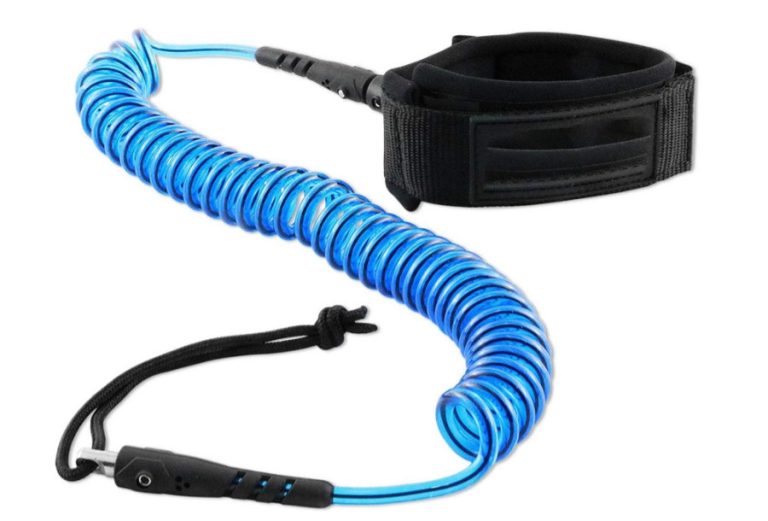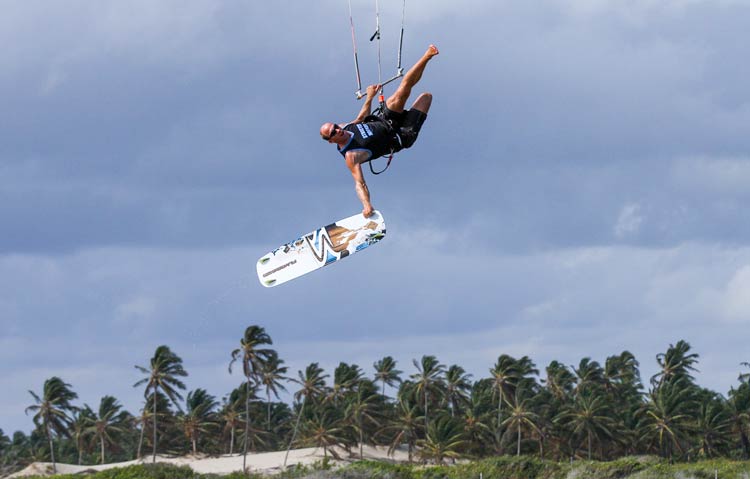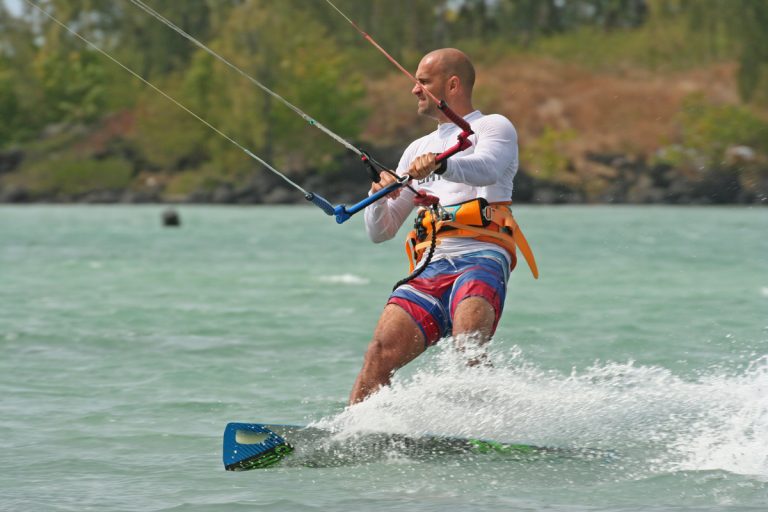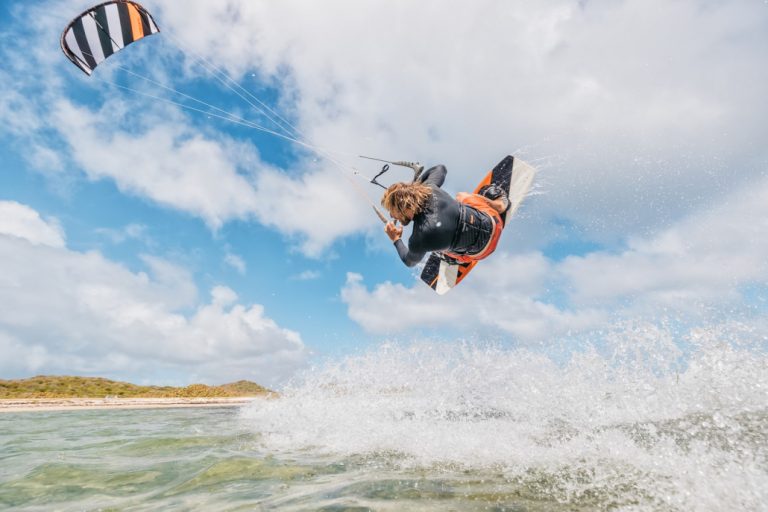What is the Best Type of Kite for Beginners?
The best type of kite for beginners is a delta or diamond-shaped kite. These kites are easy to assemble, stable in flight, and available at a reasonable price, making them a great starting choice for those trying kite flying for the first time.
Kite flying is an amazing way to enjoy the outdoors and bond with family and friends. It is a simple and captivating activity that requires little equipment and knowledge to start. However, with so many kite types available in the market, choosing the right one for beginners can be a daunting task.
This is where our recommendation for delta or diamond-shaped kites comes in, as they offer smooth control and stability in flight. Additionally, these kites can be easily found in local stores or online, and they come in a variety of sizes, colors, and materials to suit anyone’s preference. In this article, we will provide some insights into the best type of kite for beginners, including the features to look for, and the factors to consider when purchasing a beginner-friendly kite.

Credit: www.amazon.com
Understanding The Basics Of Kites
Kites are a popular hobby and activity for all ages. They are defined as objects that fly in the air, attached to a string or line from the ground. Kites work by utilizing the wind current to lift and carry the kite up into the sky.
There are different types of kites available in the market, such as delta, diamond, stunt, and power kites. Each kite has its unique shape and purpose. If you’re a beginner, selecting the right kite for your skill level is crucial.
It’s recommended to start with a simpler kite, such as a basic delta or diamond-shaped kite, then progress to more advanced types. Understanding the basics of kites is the first step in kite flying success.
Factors To Consider When Choosing Kites For Novice Flyers
When choosing kites for novice flyers, it’s essential to consider the shape and size of the kite. A rectangular shape with rounded edges and a larger surface area can be easier to control. The material and build quality also play a significant role in the durability of the kite.
It’s best to look for sturdy materials such as ripstop nylon or polyester. Wind conditions are crucial when flying kites. A consistent wind speed between 8-12 miles per hour is ideal for beginners, and it’s essential to choose a location with minimal obstructions.
By considering these factors, beginners can start their kite flying journey with ease and confidence.
Top Kites Recommended For Novice Flyers
If you’re new to the world of kite flying, it can be overwhelming to choose the right one. Delta kites, like the prism kites synapse 140, are great for beginners due to their simplicity in assembly and ease in flying.
Diamond kites, such as the in the breeze classic diamond kite, are a versatile choice suitable for all ages. For more experienced flyers looking for a challenge, stunt kites like the hq kites symphony beach iii are a great option.
Overall, the best kite for beginners depends on personal preference and the type of experience you’re looking for. So, try out a few different kites and find the one that suits you best!
How To Launch And Fly Your Kite
Launching and flying a kite can be exciting, but as a beginner, it’s important to have the right type of kite. Before you begin, prepare the kite and launch site by removing any knots or tangles in the string, and ensuring there are no obstructions around.
When launching, face the kite downwind, and walk backward, unwinding the string as you go. To avoid accidents, never fly your kite near power lines or busy roads. Once in the air, practice safe flying techniques by keeping a firm grip on the string, and avoiding sharp turns or sudden movements.
Common mistakes to avoid include letting out too much string too fast, and pulling sharply on the string. With patience and practice, anyone can enjoy the thrill of flying a kite.
Additional Accessories And Gadgets For Better Kite-Flying Experience
Kite flying is a fun outdoor activity that’s enjoyed by many. If you’re a beginner, it’s important to choose the right type of kite to get started. But there are additional accessories and gadgets that can enhance your kite flying experience.
Wind meters and gauges allow you to measure wind speed and direction, while kite line winders and handles ensure you have the right equipment for your kite. It’s also important to have spare parts and repair tools on hand if anything happens to your kite.
By investing in these accessories, you’ll be able to enjoy kite flying to the fullest.
Faqs About Kite-Flying For Novice Flyers
For beginners, a diamond-shaped kite is a popular option due to its simplicity and ease of use. There is no age limit to fly a kite, but children should be supervised by an adult. To ensure safety, choose an open area away from power lines, trees, and buildings.
Before flying, learn common kite-flying terms such as wind window and line angle. Make sure the wind speed is appropriate for your kite and stay alert for changes in wind direction. Keep a firm grip on the kite line and avoid flying in thunderstorms or strong winds.
Happy kiting!
FAQs
What Is The Best Type Of Kite For Beginners?
– the best type of kite for beginners is a diamond-shaped kite. It is easy to control and flies well in lower wind speeds.
What Size Of Kite Is Good For A Beginner?
– a kite with a wingspan of around 1-1. 5 meters is good for a beginner. It is easier to control and less likely to overpower the flyer.
Can Beginners Fly A Dual-Line Kite?
– yes, beginners can fly a dual-line kite, but it takes more skill and practice to control than a single-line kite.
What Is The Difference Between A Single-Line And Dual-Line Kite?
– a single-line kite is easy to control and is perfect for beginners. A dual-line kite is more maneuverable but requires more skill to control.
What Materials Should A Beginner Look For In A Kite?
– beginners should look for kites made with ripstop nylon or polyester fabric for durability and fiberglass or carbon fiber rods for strength.
What Wind Speed Is Best For Flying A Kite?
– for beginners, wind speeds between 5-15 mph are ideal for flying a kite. Lower wind speeds are better for smaller kites.
How Can Beginners Prevent Kite Accidents?
– beginners should avoid flying kites near power lines or airports, and also avoid flying in thunderstorms or high winds. They should also wear gloves to prevent burns from the kite line.
Conclusion
So, there you have it, folks! Finding the perfect kite is the first step towards training your kiteboarding skills. As a beginner, it’s vital to choose the right kite that suits your preferences and skill level. There are various types of kites available in the market, but finding the one that suits your needs can be challenging.
Remember to consider the size, shape, design, and wind conditions when selecting a kite. If you are unsure, seek expert advice or consult a professional kiteboarding instructor. While learning this exciting sport, it’s essential to stay safe, have fun, and practice kiteboarding under the supervision of an experienced instructor.
Kiteboarding not only improves physical fitness but is also a great stress reliever. So, get out there, select your kite, and start your kiteboarding adventure today!





